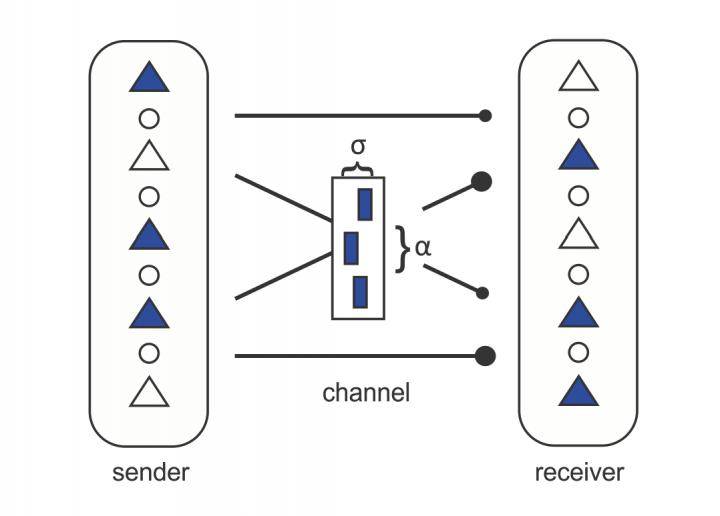Communication between neural networks
It is the subject of an article published on December 14 on Nature Reviews Neuroscience, which included the participation of Gustavo Deco, ICREA research professor and director of the Cognition and Brain Center and the members of his team, Gerald Hahn and Adrian Ponce, together with researchers from the Bernstein Center of Freiburg (Germany).

The brain is organized into a network of specialized networks of nerve cells. For such a brain architecture to function, these specialized networks - each located in a different brain area - need to be able to communicate with each other. But which conditions are required for communication to take place and which control mechanisms work?
Gustavo Deco, ICREA research professor and director of the Cognition and Brain Center (CBC) of the Department of Information Technology and Communications (DTIC), with the members of his team Gerald Hahn and Adrian Ponce, with the collaboration of Arvind Kumar and Ad Aertsen researchers at the Bernstein Center in Freiburg (Germany) is proposing a new model that combines three apparently different explanatory models. His conclusions were published on December 14 in a work in the Journal Nature Reviews Neuroscience.
Gerald Hahn, the first author of the article, indicates that "the theory of dynamic systems and takes particular account of how the level of activity of the respective networks influences the exchange of information". The study combines three prominent explanatory models that have been proposed in recent years: synfire communication, communication through coherence and communication through resonance.
"We believe that our work helps to provide a better understanding as to how neuron populations interact, depending on the state of their network activity, and whether messages from a neuron group in brain area A can reach a neuron group in brain area B or not," say the authors. "This insight is an essential prerequisite in understanding not only how a brain functions locally, within a limited area of the brain, but also more globally, across whole brain areas.", they add.
The role of communication oscillations
The scientists were particularly interested in what role activity rhythms occurring in the brain - known as oscillations - play in communication. Typically these oscillations can affect anything from a large group of neurons up to entire brain areas and can either be slow, such as alpha or theta rhythms, or fast, such as the gamma rhythm. In their theoretical model, the researchers were able to show that the interaction of these rhythms with each other plays a significant role in determining whether communication between networks can take place or not. Certain types of interlocking of these rhythms could act as important control mechanisms.
The interaction of brain activity rhythms or oscillations between each other plays an important role in determining whether network communication can take place or not
"The possibility of exchanging information depends on many factors, for example whether the oscillations are fast or slow, the frequencies are similar or different, the relationship between the phases and so on," explain the authors, and "With our model, we are now able to make specific predictions for each of these cases. The next step will be to test these predictions in experiments."
Original Publication:
Hahn, G./Ponce-Alvarez, A./Deco, G./Aertsen, A./Kumar, A. (2018): Portraits of communication in neuronal networks. In: Nature Reviews Neuroscience. https://www.nature.com/articles/s41583-018-0094-0
